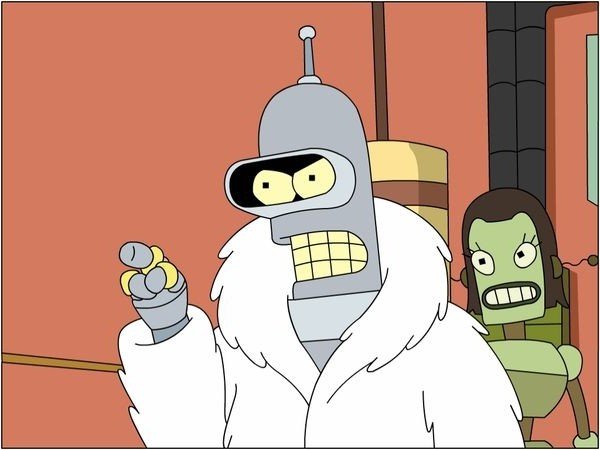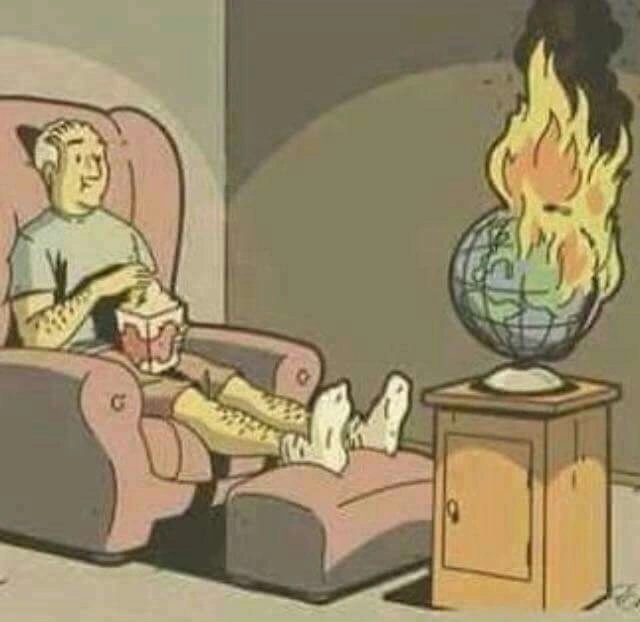This always saddens me about where I’m from in the Midwestern United States. Our native flora and fauna are precious. The tall grass prairies and old oak forests are rare ecosystems, but the people who grow up here are so brainwashed by capitalism and modernity that they think our region is dull and lifeless.
Less than 1% of the original tall grass prairie remains. Even with conservation efforts, it’ll never return to the way it was.
There’s outrage about this happening to the Amazon, and people can’t imagine how a population can decimate a rare and valuable ecosystem. But we already replaced ours with farmland and suburbs so long ago that few know or care.
Anecdotally, the place where I grew up in was pretty rural and full of wildlife when I was a child in the 90s.
There is a very significant, noticeable change in the amount and diversity of wildlife in what is only a few short years on an evolutionary timeline, especially in the oceans. Where fish, marine crustaceans, birds, otters, whales and dolphins along with a jungle of various kelps and algaes once were, there is sand, urchins, toxic algae blooms, and jellyfish.
I really can’t wrap my head around how much damage we’re doing without even realizing it, and it’s so slow that it feels normal. Sometimes I think about how there could be species existing now that we haven’t yet discovered, and will force to extinction before we ever know they exist.
Non-anecdotally, you just have to go on Google Earth to see how little natural forest remains anywhere in the world. Light green spaces make up most of the world.


